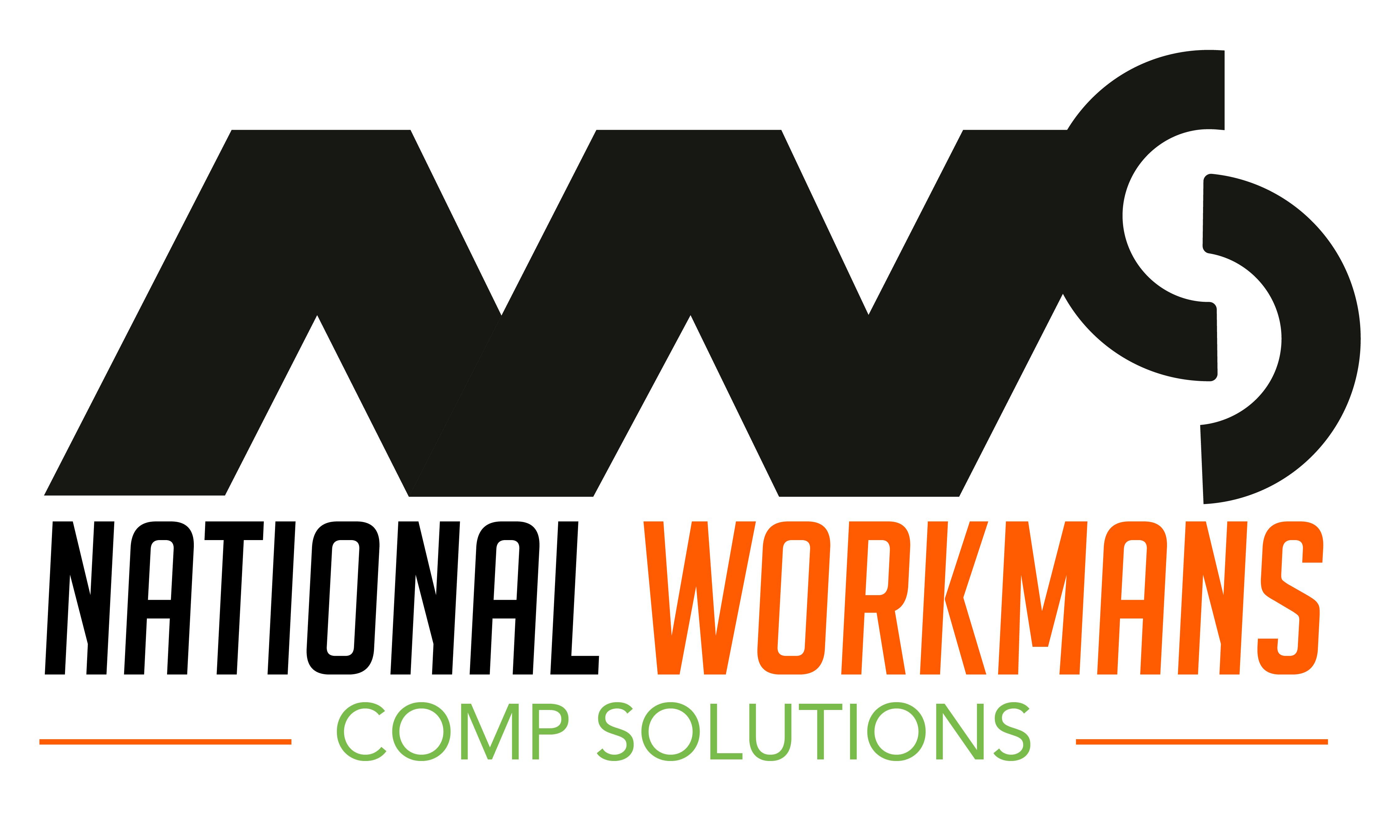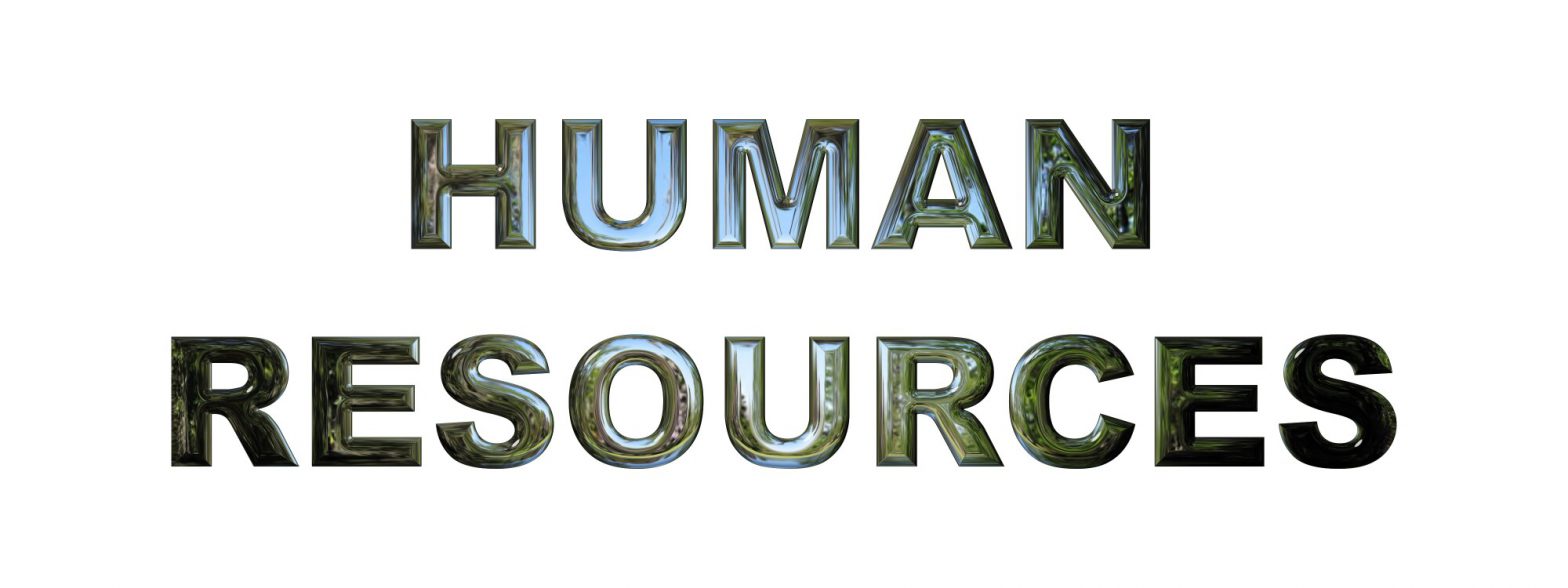Managing a company without an HR department is a hefty task, as is finding the resources and expertise to hire someone to fill that role. Luckily, you can outsource those needs to an organization that provides HR services for your business.
For both smaller or larger businesses, outsourcing your HR brings numerous benefits. These include payroll management, applicant tracking, and employee training.
There are two kinds of organizations that provide these services, though – a Professional Employer Organization, or PEO, and an Administrative Services Organization, or ASO.
Here are the key differences between PEO vs ASO.
What is PEO
A PEO gives companies HR services outside of their own operations. They provide payroll help, worker’s comp, and a number of other benefits your employees will need.
The concept of the PEO originated in the 1960s as Employee Leasing firms. The industry would help companies cope with the rising costs of workers’ comp coverage.
PEOs stay on top of business regulatory laws, so your business will always be compliant. They can also help you navigate regulations and labor laws for any industry.
In industries that hold newer businesses highly accountable, outsourcing your HR is a necessity.
If you need HR but can’t afford the time or money to build up an HR department, you reach out to a PEO. They bring not only experience but multiple benefits that would be difficult for your business to otherwise acquire.
How It Works
A PEO works with your company as a “co-employer”. What this means is that they allocate employer responsibilities with each client and share a tax ID.
Since it shares a tax ID with your company, the PEO can be filed as the employer for your taxes and insurance claims. They assume the risk in the case of legal problems that pop up related to their role as HR, which means less stress for the employer.
The combined buying power and spread of risk give small to mid-sized businesses access to larger company benefits.
Pros and Cons
There are pros and cons to working with a PEO.
For the pros, they give you choices in your workers’ compensation policy between a multiple coordinate policy or a master policy.
PEOs also protect your legal interests and protect you from mistakes, in addition to the other HR-related benefits.
One reason you might opt out of a PEO relationship is if your company desires more internal control. For example, you might want more power in deciding on a healthcare provider or if your company has grown larger than it can handle.
What is ASO
An ASO provides much of the same benefits that a PEO does, only it doesn’t establish a co-employer relationship. ASO can also be referred to as Administrative Services Only.
For example, your organization may hire an insurance company to evaluate and process claims under your own employee health plan, but you also have to pay the claims yourself.
An Administrative Services Organization, likewise, does not process payroll or report payroll taxes under its own FEIN, nor can it sponsor any health or welfare benefits to a customer.
How It Works
An ASO oversees the day-to-day administrative aspects of a typical company HR, but do not provide any of the other substantial benefits. They can, however, assist in arranging coverage, but do not hold any responsibility past that.
As a result, however, the client company remains the sole sponsor and has control over all of their benefits and insurance coverage, as well as all legal responsibilities.
Pros and Cons
Pros of an ASO model include offering services according to your needs, your business retaining functional control over HR processes, and providing expertise in areas such as compliance, tax filing, and legalities.
Cons include not sponsoring benefits coverage or workers’ compensation coverage, as well as not assuming any risk on your company’s behalf.
PEO vs ASO
The main difference between a PEO and an ASO is the level of responsibility they bring to the picture.
A PEO works together with your company to bring your employees as many benefits as possible while taking on responsibility for worksite claims and reporting wages.
A common misconception is that your business under a PEO will lose control of your workforce, but that isn’t true. You will retain complete control, but you will have access to the PEO’s HR expertise, offerings, systems, and processes.
Meanwhile, an ASO will likewise work alongside your company in managing its HR functions, but it will not handle your money or take on any liability. You can think of it as a helper you’re paying to give you advice and oversee the day-to-day administrative aspects.
Under an ASO, your company will hold more responsibility, so it’s more recommended for larger companies that can handle that. For smaller to medium-sized businesses, a PEO will provide the HR services you need.
Without a PEO, a smaller business would have to go to multiple service providers to get the same benefits. With their help, you can focus on your work and stress less over your human resources department.
Where to Outsource Your Human Resources
Hopefully, now you know the difference between PEO vs ASO and what they bring to the table.
Managing your employees’ benefits doesn’t have to be a difficult task, whether you’re a smaller business or a larger company.
For a smaller business, a PEO will help you out with everything you might need to better navigate the HR world. For larger businesses, you might only need an ASO to make everything more efficient.
If you’re in need of workers’ compensation, consider reaching out to us for a free quote. We cover risk factors including but not limited to high hazard risks, staffing agencies, and home health care.


 March 5, 2021
March 5, 2021 Blog
Blog 









